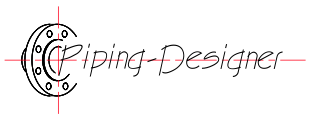Antenna Gain
Anrenna Gain Formula |
||
| \( G \;=\; n \cdot \left( \dfrac{ 4 \cdot \pi \cdot A }{ \lambda^2 } \right) \) | ||
| Symbol | English | Metric |
| \( G \) = Antenna Gain | \(dB\) | \(dB\) |
| \( n \) = Antenna Efficiency (a Value Between 0 and 1) | \(dimensionless\) | \(dimensionless\) |
| \( \pi \) = Pi | \(3.141 592 653 ...\) | \(3.141 592 653 ...\) |
| \( A \) = Effective Aperture Area of the Antenna | \(ft^2\) | \(m^2\) |
| \( \lambda \) = Signal Wavelength | \(ft\) | \(m\) |
Antenna gain, abbreviated as \(G\), is a measure of how effectively an antenna converts input power into radio waves directed in a specific direction compared to an ideal reference antenna. It indicates how much stronger the signal is in a particular direction, showing the antenna’s ability to focus energy rather than radiate it equally in all directions. A higher antenna gain means the antenna can transmit or receive signals more efficiently in its intended direction, improving communication range and signal quality. However, this often comes at the cost of reduced coverage in other directions, as higher gain antennas concentrate energy into narrower beams. This formula shows that antenna gain increases with a larger effective area and decreases with longer wavelengths.

Anrenna Gain FormulaWhen expressed in decibels, the gain is written as: |
||
| \( G_{dB} \;=\; 10 \cdot log_{10} \left( G \right) \) | ||
| Symbol | English | Metric |
| \( G_{dB} \) = Antenna Gain | \(dB\) | \(dB\) |
| \( G \) = Antenna Gain | \(dB\) | \(dB\) |
